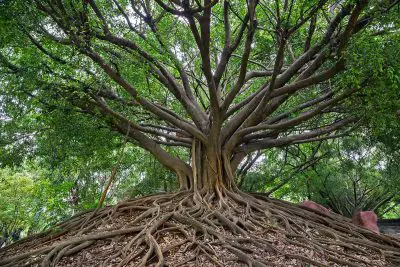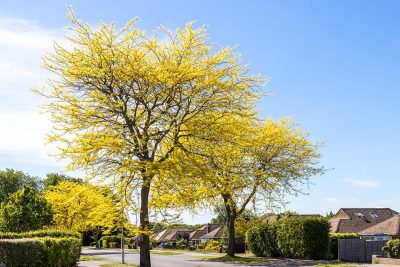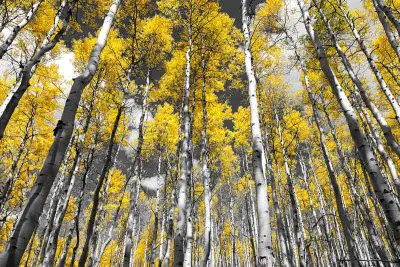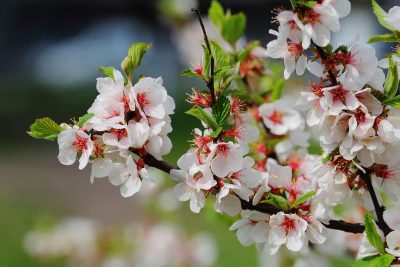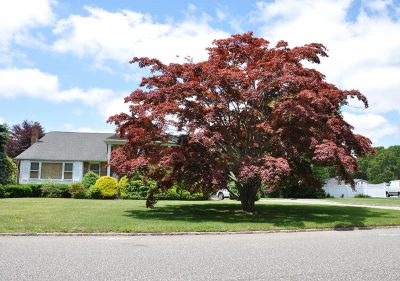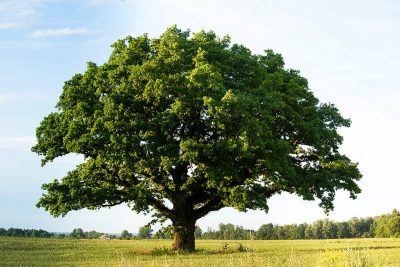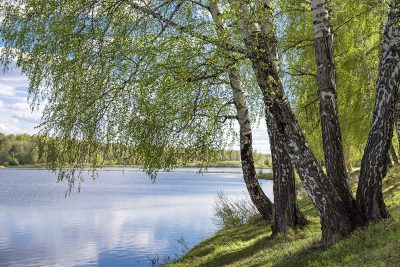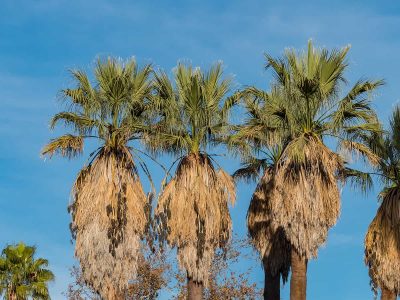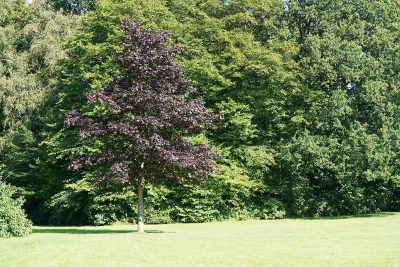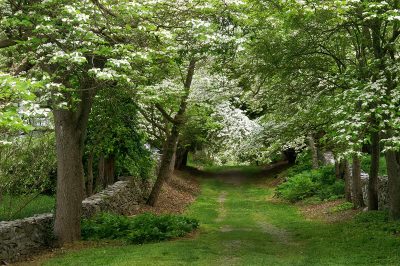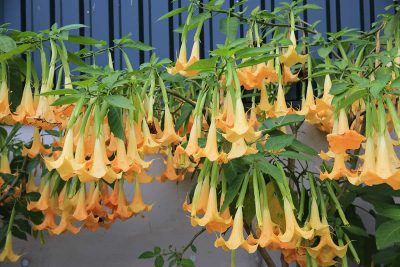Karli Edmondson-Matthews
Posts by Karli Edmondson-Matthews:
Banyan Trees can be formed from any type of strangler fig, but the most widely known species of fig which develops into a Banyan Tree is the Ficus benghalensis. These trees hail from India but can be grown outside in suitably hot climates, and they also make good houseplants.
In areas that are prone to wildfires, one of the ways you can help to protect your home is by planting fire-resistant trees. This includes oak trees, fruit trees, and maple trees.
Trees with white bark look striking when set against the more earthy tones of the natural landscape, and when the sun shines upon them, they can appear to be almost glowing. Here we take a look at the most sought-after trees with white bark which can be grown in a range of climates and conditions.
Cypress trees are evergreen conifers which belong to the Cupressaceae family, and the Cupressus genus. Different types of cypress trees are found growing natively in various countries around the world, but generally they tend to be best suited to hot climates. Here we look at a range of cypress trees and explore their backgrounds, their physical features, and their growing conditions.
Cherry blossom trees are popularly cultivated for their floral appeal, but they can also retain interest all year around, thanks to their graceful silhouette and often unusual colored bark. Here we look at the most popular types of cherry blossom for a range of growing conditions.
Maple trees come in many varieties, and their height can vary greatly. The Japanese Maple is the smallest, reaching as little as 5 feet when fully grown. However, the Bigleaf Maple, also known as ‘Humboldt Honey’, holds the title for the tallest maple tree in the world, standing at an impressive 160 feet. This tree can be found in California’s state park.
Here we explore the different parts of a tree and investigate how each part of a tree functions. Although there is a huge variation in types of trees and species, they all share these components in common, which serve in keeping the trees strong and healthy, aiding in their growth and longevity.
Birch trees are known for their striking fall foliage, and their varying colors of bark, which will often peel for added interest in the winter landscape. Though birch trees are predominantly cool-weather trees, there are some species which can thrive in warmer climates. Within the Betula genus, there are also birch species which thrive in wet soils, and those which can also tolerate drought.
Palm trees are evergreen, flowering plants which all belong to the Arecaceae family. This family is widely known as the Palm family, since it comprises over 2500 different species of palms. Palms are considered to be a tropical type of tree, however they grow in a diverse range of habitats, from rainforests, to beaches, and deserts.
Despite being deciduous, most Acer species also offer interest throughout the winter thanks to their interesting bark. Here we look at some of the best types of Maple trees for growing in a range of climates.
The trees are made up of more than 70,000 different species, which are also known as ‘types’ of trees. Here we explore the most common types of trees which are grown as landscape trees, in public parks, and in gardens.
Trees with orange flowers include the Geiger Tree which is ideal for hot, coastal locations, and the Ozark Witch Hazel which is better suited to cooler climates and will thrive in a range of conditions. Here we look at some of the best orange flowering trees.
